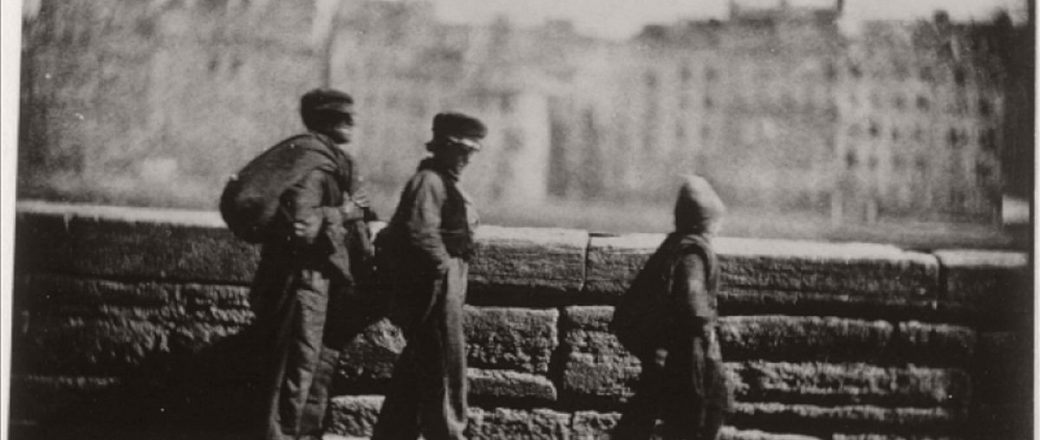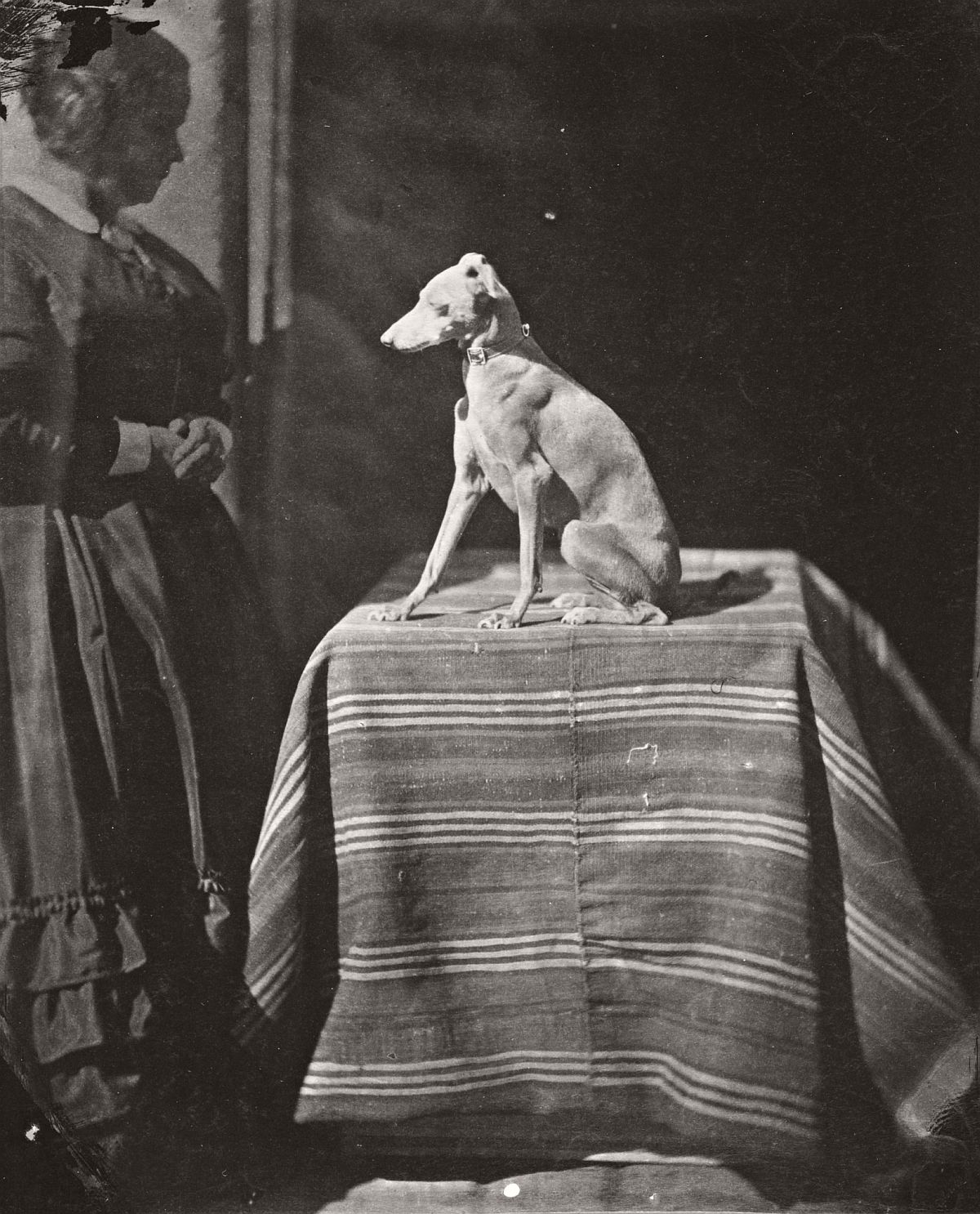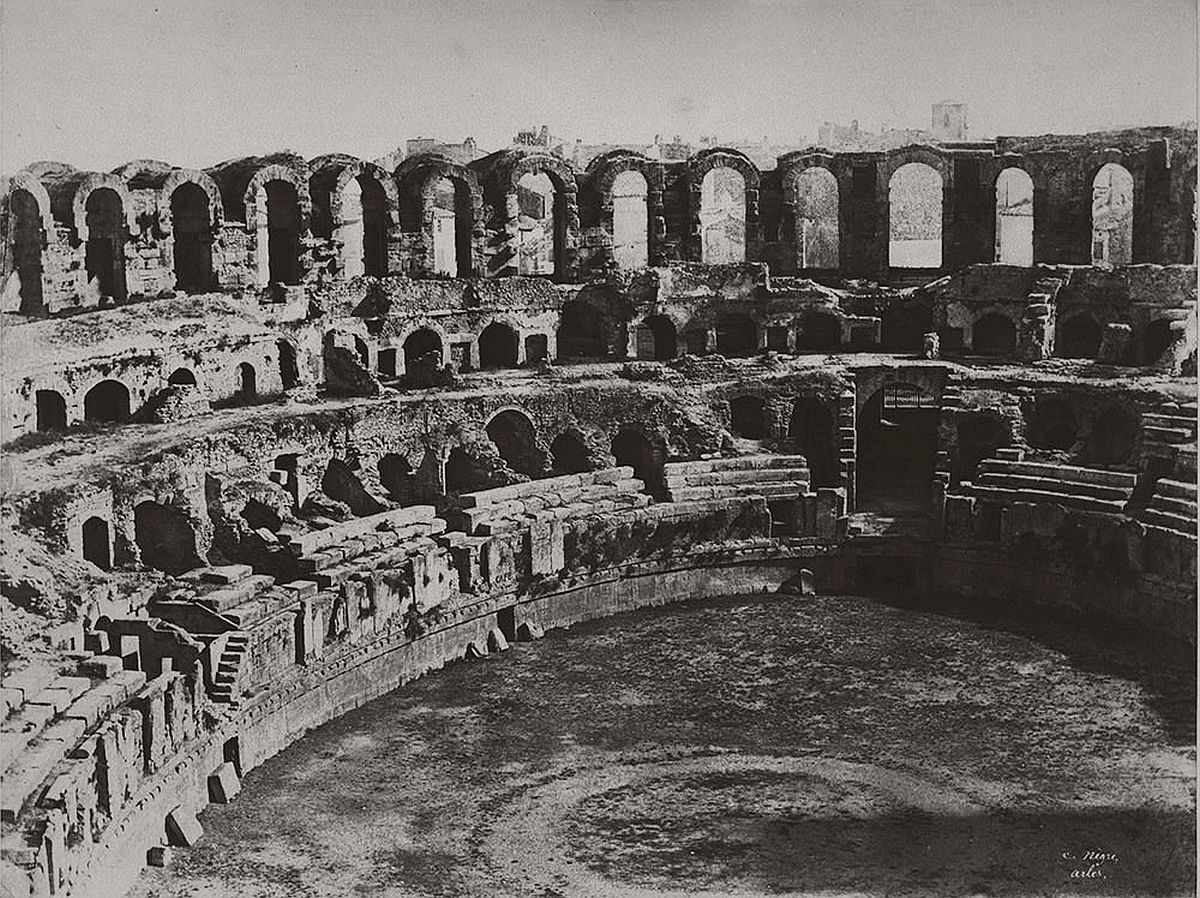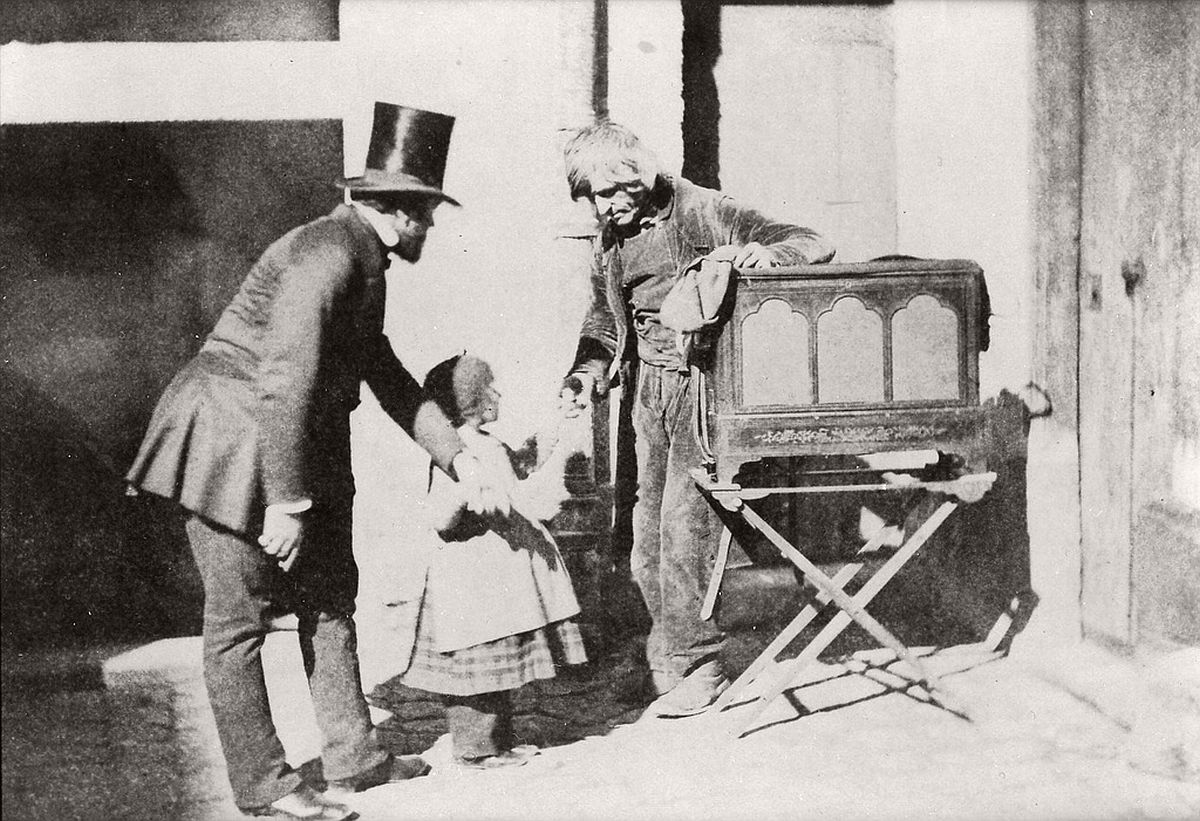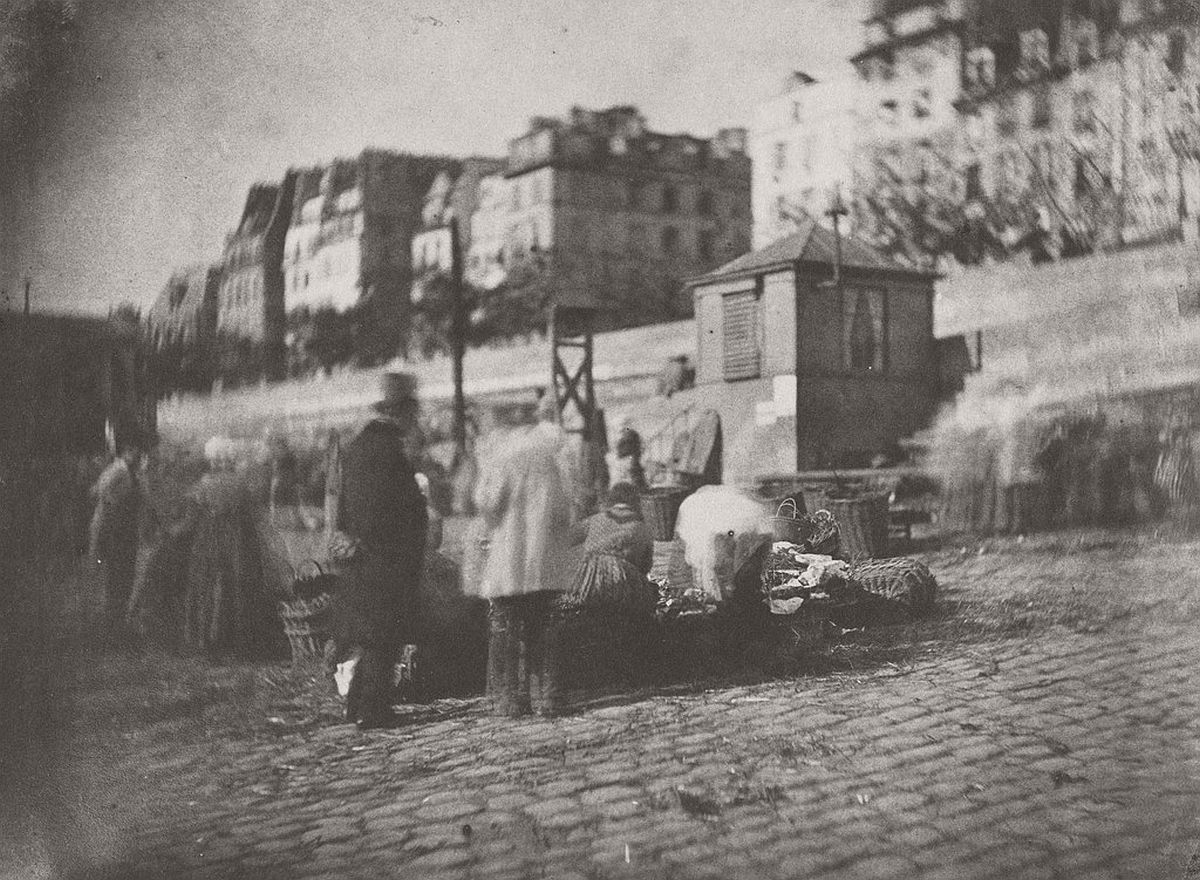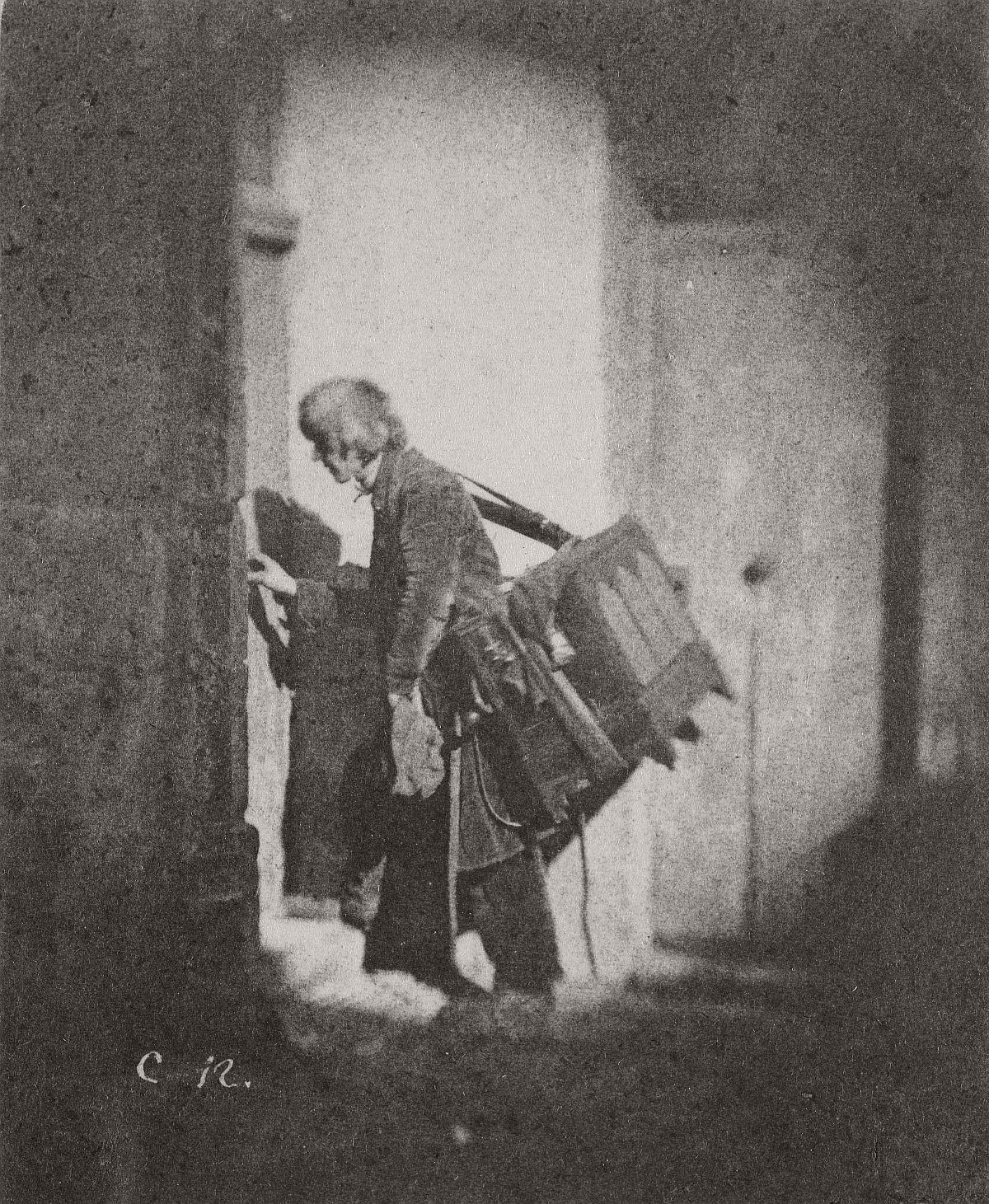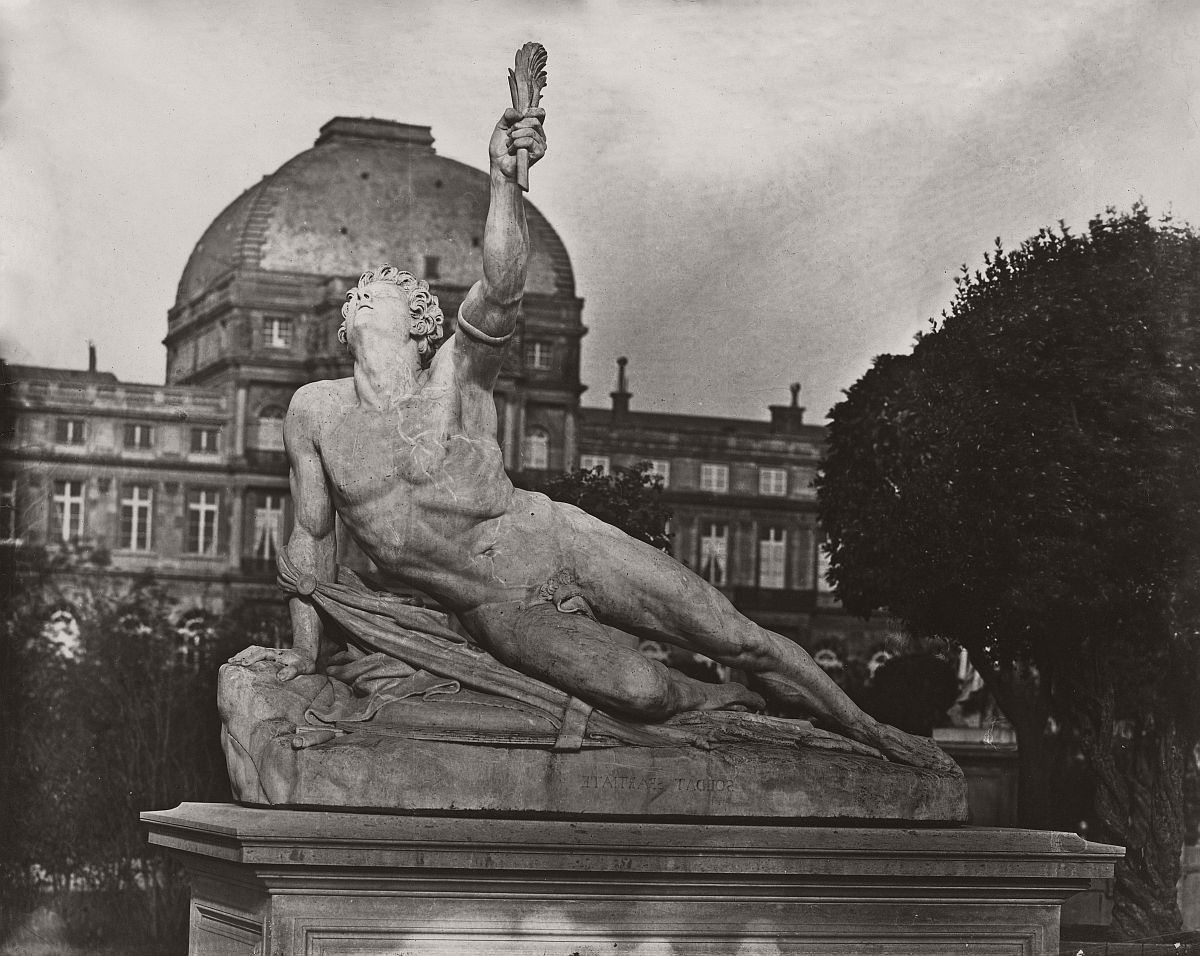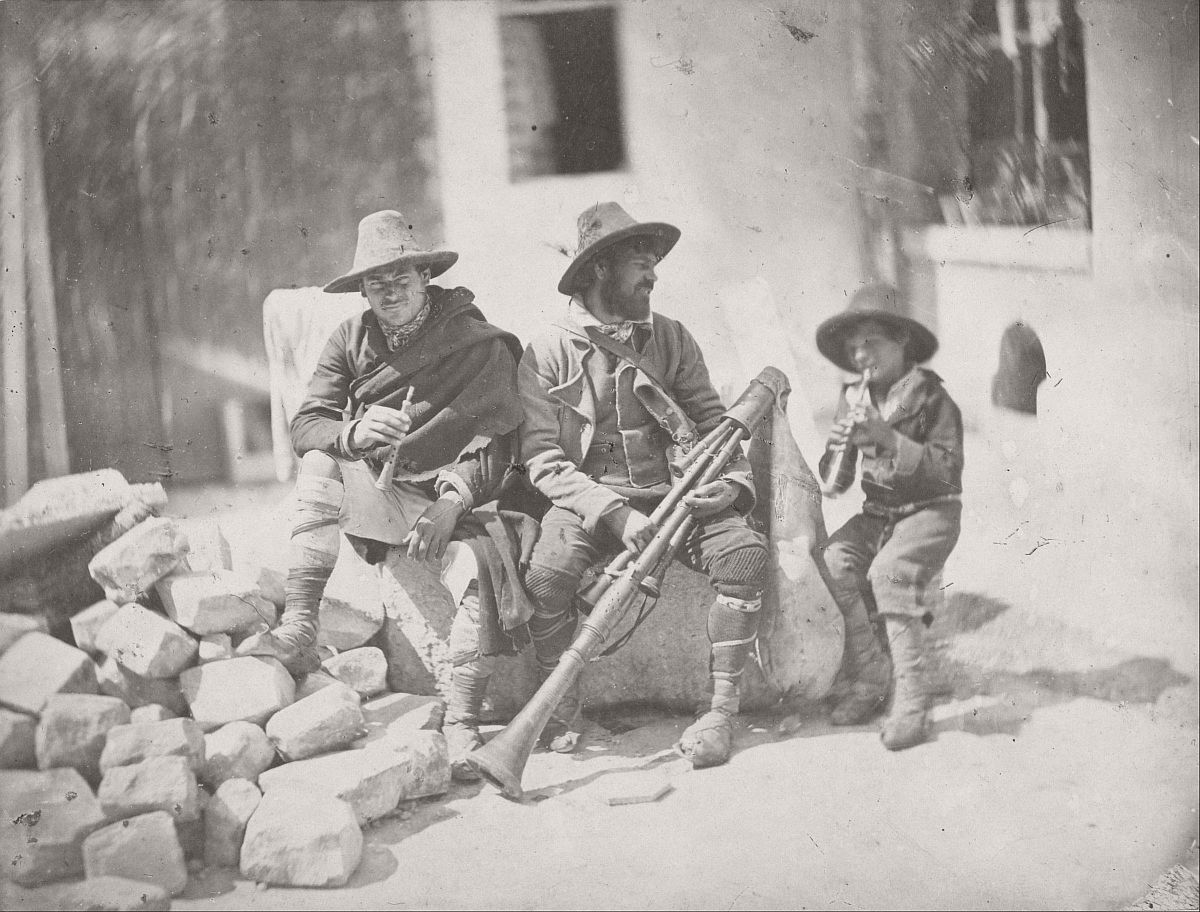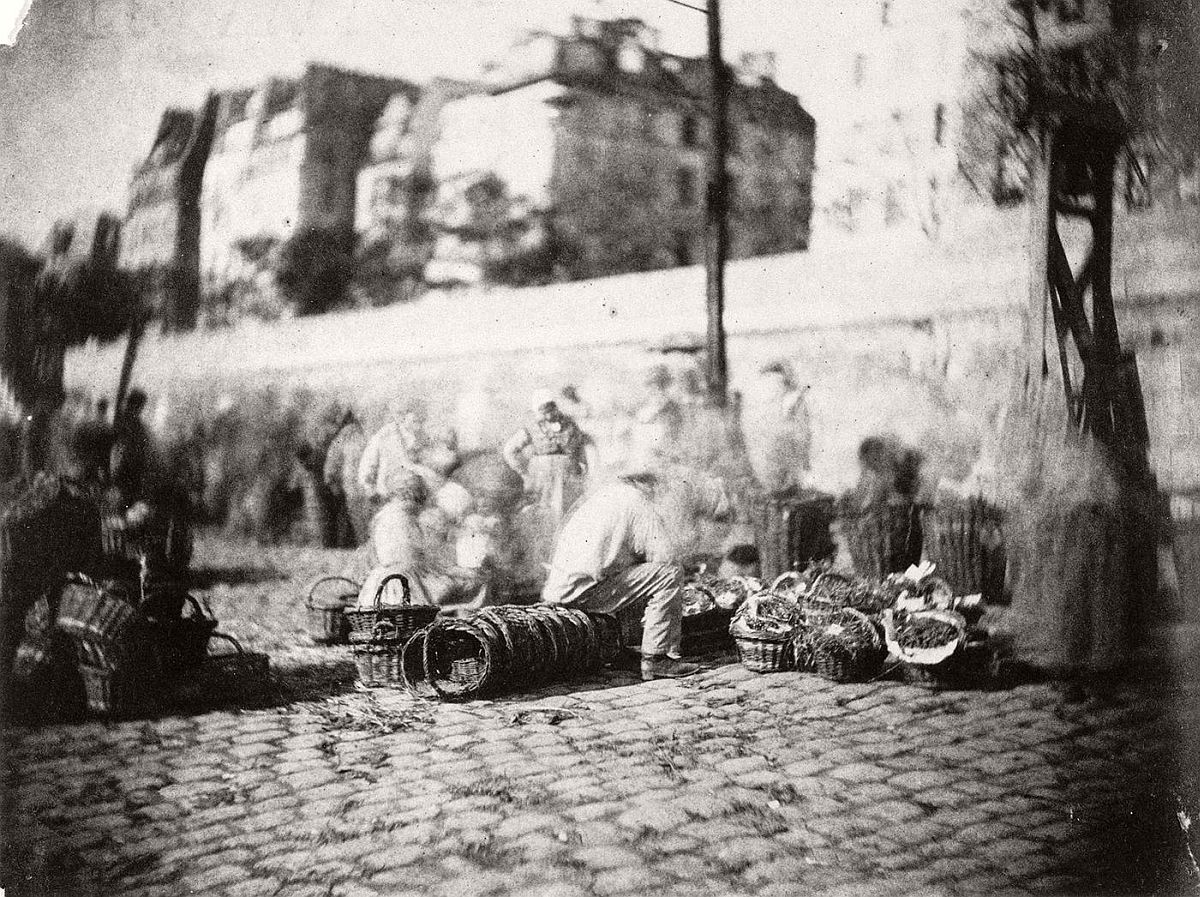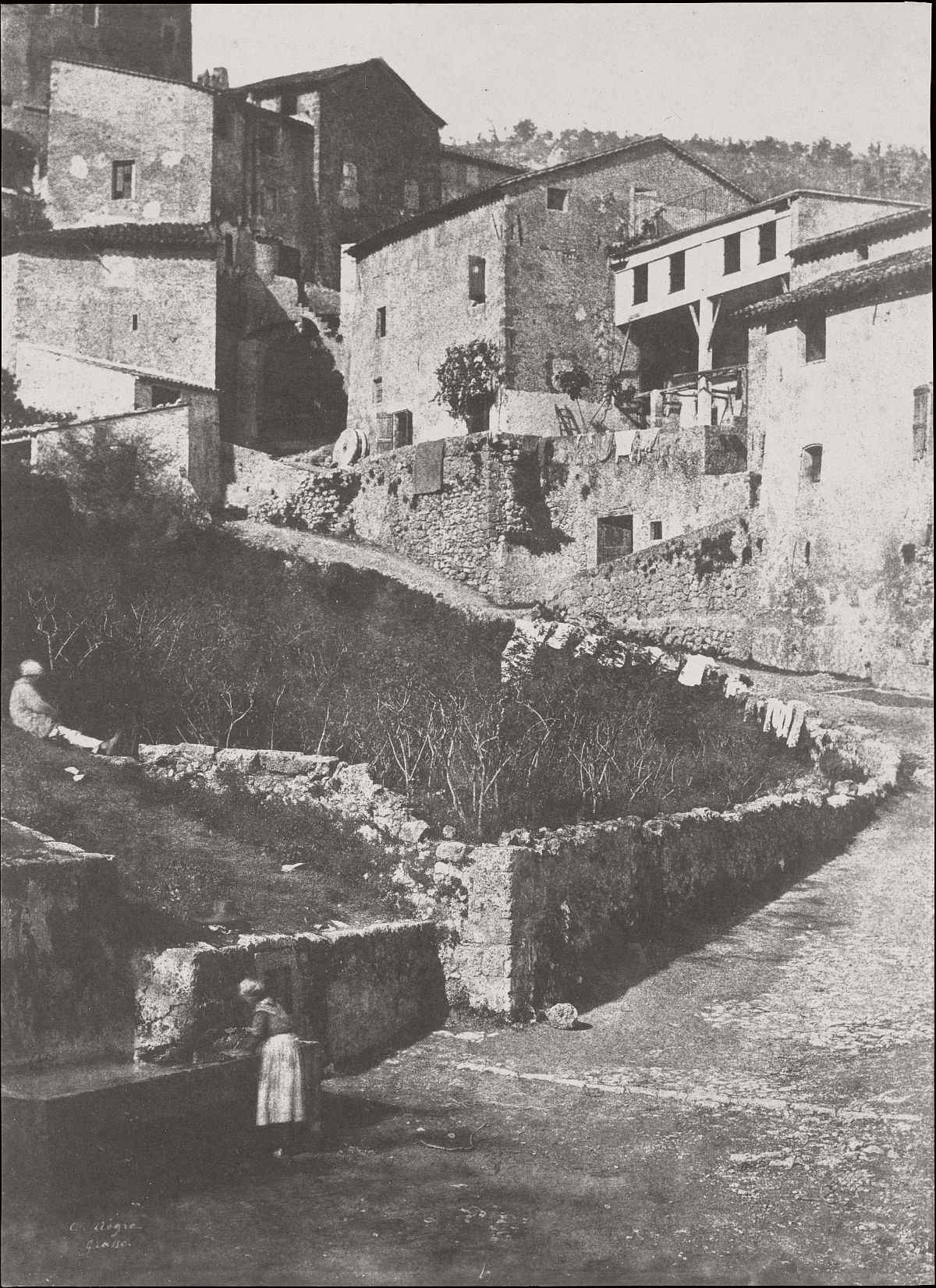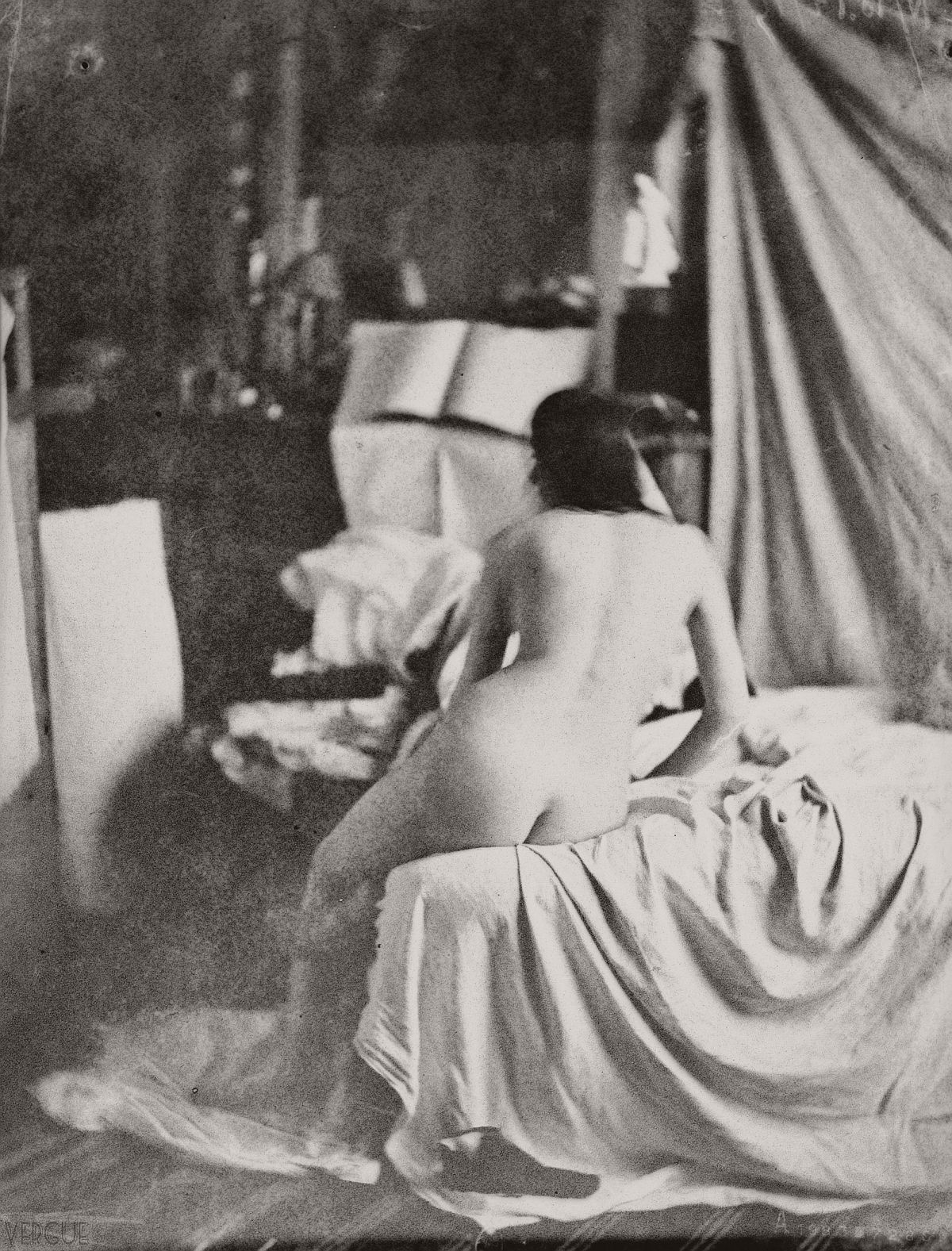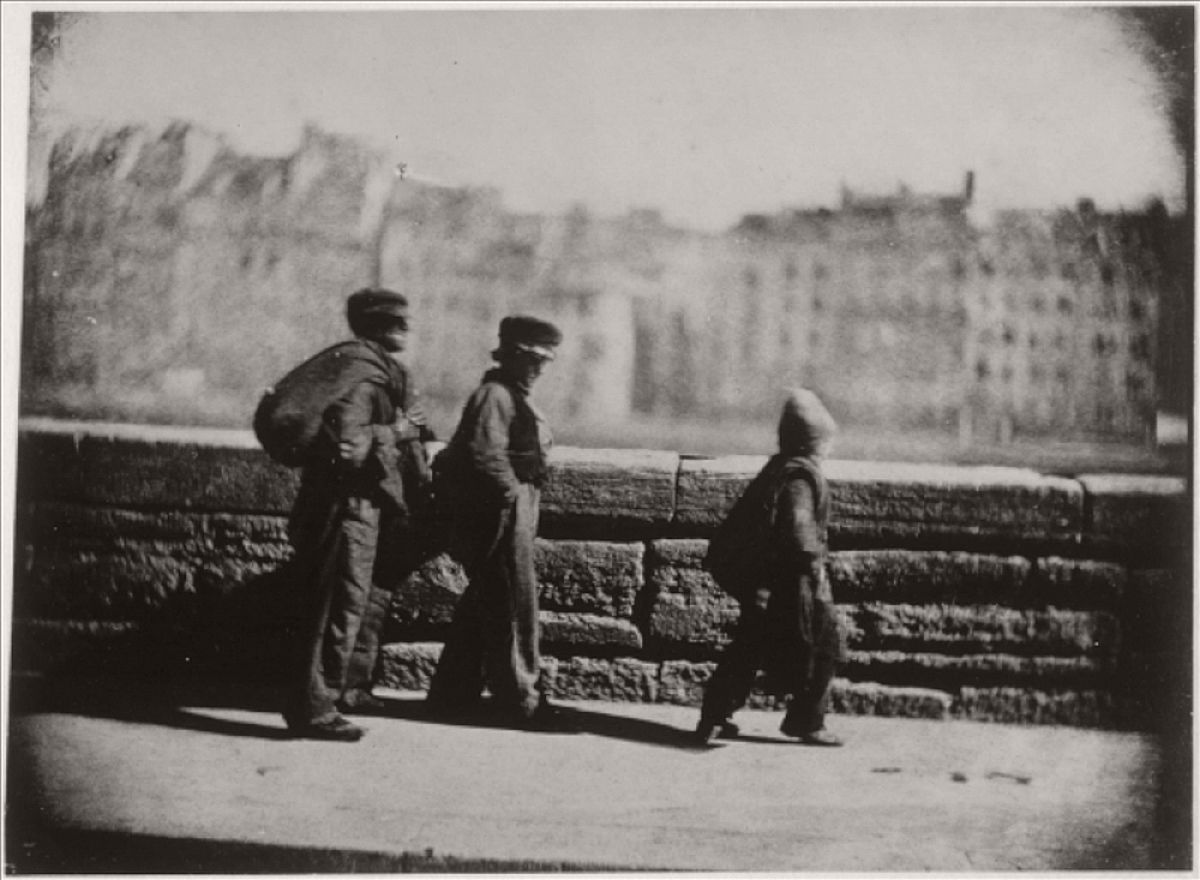Charles Nègre (1820–1880) was a pioneering photographer born in Grasse, France.
He studied painting under Ingres and Delaroche, another of whose pupils, Gustave Le Gray, introduced him to photography. After a short period of making daguerreotypes, he embraced the calotype process, becoming adept at retouching negatives and printing. He used his pictures as aids to painting and developed his skills as a landscape and architectural photographer.
In 1852, acting independently of the official Mission Héliographique, Charles Nègre embarked on his own photographic survey of his native Midi. Within a year, he had made c. 200 negatives of its scenery, towns, industries, and buildings (both old and new). However, the attempted publication of a subscription series (1854) quickly foundered. Other projects included pictures on themes of labour and street life (early 1850s), an unfulfilled plan to publish engravings from his pictures of the Holy Land, and a series of images—commissioned by Napoleon III in 1860—of the Imperial Asylum at Vincennes. In 1861 he retired to the South.

